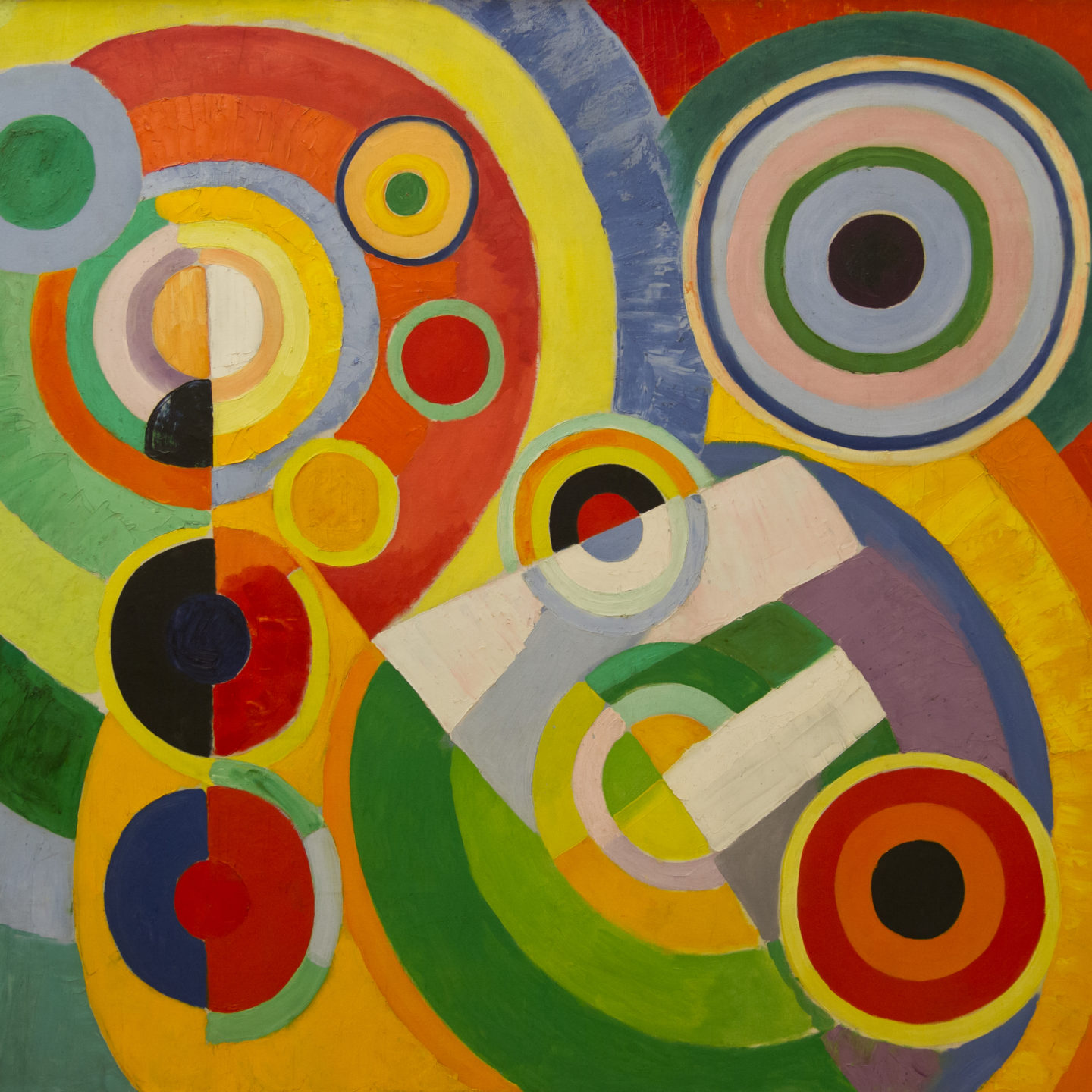Yesterday I promised to give an account of valent representation. This is perhaps the core original idea of the book (though it has precedents in Ruth Millikan’s ‘pushmi-pullyu’ representations (1995) and Andy Clark’s ‘action oriented representations’ (1997)). Essentially, valent representation is representation in a valent (i.e. positive or negative) manner. What makes it valent is that the representational activity automatically triggers a bodily response aimed at increasing or decreasing the presence of the object. The theory is still representationalist in the sense that there is an inner state or activity that stands in for the object. But at the same time it incorporates embodied views on cognition, since the response is playing an indispensable role in the activity of representation.
Valent representations are handy for satisfying various desiderata we have for emotions. They are factive states (tracking the condition of the world), but simultaneously evaluative in character, as well as intrinsically motivational, just like emotions. Yet while valent representation can conveniently combine different aspects of emotions, I motivate the existence of this type of representation independently of the attempt to make sense of emotions. I argue that we should believe in valent representation because it resolves the problem of how mental states acquire content.
The basic problem of mental content is how some activity inside the head could be about a specific kind of object in the world. Structural resemblances may well be involved, but resemblance is too cheap to fix objects precisely. Thus a lot of philosophers have thought that some kind of pragmatic interaction with the object could fix things precisely. Teleosemantic views are one approach (e.g. Dretske, Millikan). Success semantics is another.
Success semantics is roughly the claim that what a mental state is about, is whatever object makes actions based on that state successful. In this sense, interaction with the world is necessary for fixing the reference of the mental state. However a problem for success semantics is that it seems that you need both beliefs/percepts (about the world) and desires (to stimulate actions) to be in place, before any mental state can have any content at all. To require both percepts and desires to appear simultaneously is implausibly complex as an account to how content naturalistically emerges. To get round this problem, we need mental states that serve the duty of beliefs and desires simultaneously. My valent representations do this by making use of the below negative feedback structure or control loop.

In this loop, as the level of ‘heat’ gets higher, the activity of the detection node will get higher, which increases the activity of moving backwards. But if the creature moves backwards, the level of heat (for the organism) will get lower, and so activity in the detection node will fall, eventually leading to inactivity (until the level of heat rises again). I call this an ‘avoidant loop’. We can also have ‘attractant loops’ where if the level of a good thing like food falls low enough, activity in the detector (or hunger) node increases, triggering a response that will secure food, ultimately leading to the inhibition of the feeding response.

The great thing about control loops like this is that we don’t need separate descriptive and directive representations. One representational node is doing the work of both functions.
Now because negative feedback loops are common in nature, there’s an issue about how we distinguish the representational ones from non-representational ones, and I spend a lot of the first chapter of my book justifying various details, including what makes a creature alive. However, I will skip here to the final definition of valent representation.
1. X is a living creature
2. Y is a type of object or property (the object).
3. An indicator of Y either activates or inhibits activity in a system internal to X (the detector).
4. The activity of the detector triggers a physically distinct and specific response (the response).
5. The response is capable of decreasing the present capacity of Y to activate the response via the detector (negative feedback regulation).
Finally, an important feature of valent representation is that we can build all sorts of elaborations upon the basic loop structure. For instance, we can make the detection nodes trigger a response only once a certain threshold of activity is reached, or detection can trigger multiple responses, or responses can trigger further responses. Valent representations can also interact with each other, inhibiting and supporting each other. This is how I make sense of the representation of more complex objects. Affective states like pain, pleasure and emotion require more elaborate structures. But ultimately I argue that they all come down to the same fundamental structure of negative feedback control.
Indeed, in my more expansive moods I claim that all cognition is ultimately an elaboration upon valent representation. Note in particular that valent representation elegantly combines the three aspects of the mind: representation, agency, and evaluation. It is a major claim of the book that these three strands start out as merged in the primitive mind, and it is only through various cognitive sophistications that they get teased apart.
Tomorrow I will present my account of pain and pleasure, drawing on the idea of valent representation.
References
Clark, A. (1997). Being there: Putting brain, body, and world together again. Cambridge, MA: MIT press.
Millikan, R. G. (1995). Pushmi-pullyu representations. Philosophical perspectives,9, 185-200.

